Optimizing UV Light in Your Turtle Habitat
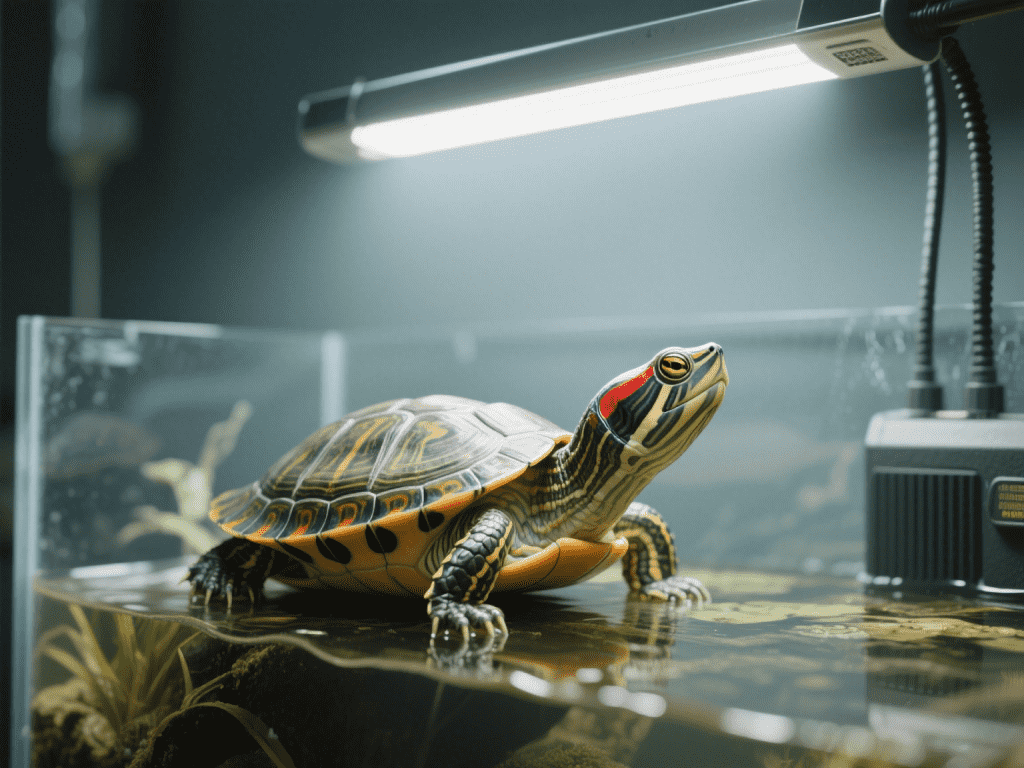
UVB lighting is non‑negotiable for captive turtles—it drives vitamin D₃ production, enabling calcium absorption and robust shell development. Drawing on eight years of herpetological care, I’ll walk you through choosing the right bulb, placement strategies, and maintenance schedules to maximize benefits and minimize risks.
Why UVB Matters
Vitamin D₃ Synthesis: UVB wavelengths (290–320 nm) convert 7‑dehydrocholesterol in skin to D₃.
Calcium Metabolism: D₃ facilitates uptake of dietary calcium, preventing metabolic bone disease.
Behavioral Health: Proper light cues regulate circadian rhythms and basking behaviors.
Selecting the Right UVB Bulb
Bulb Types:
Linear Fluorescent Tubes: Offer wide coverage; replace every 6 months.
Compact Fluorescent Bulbs: Easier installation but narrower effective range.
Strength Rating:
5.0 UVB: Adequate for semi‑aquatic species like sliders.
10.0 UVB: Recommended for high‑need species (desert tortoises, box turtles).
Brand Recommendations: Look for reptile‑specific labels reporting UV output in µW/cm².
Optimal Placement & Setup
Distance from Turtle:
Linear tubes: 20–30 cm above basking area.
Compact bulbs: 15–20 cm for effective UVB penetration.
Fixture Type: Use reflective hoods to amplify output; avoid screen mesh that blocks UVB.
Coverage Area: Ensure entire basking spot is within the effective UVB cone.
Maintenance & Monitoring
Bulb Replacement: Even if light still shows, UVB output halves by 6 months—swap promptly.
UVB Meter Checks: Use a handheld meter to measure µW/cm² at the basking surface quarterly.
Cleaning: Dust and water spots reduce UV transmission—clean bulb and fixture monthly with a soft cloth.
Supplemental Heat & Photoperiod
Basking Temperature: Maintain 90–95 °F directly under lamp.
Day/Night Cycle: Provide 12 hours light/12 hours dark year‑round to mimic natural rhythms.
Troubleshooting UVB Issues
Shell Softness Persists: Verify bulb type and distance; check calcium in diet.
Turtle Avoids Basking Spot: Inspect lamp function; ensure heat and UVB coincide.
Uneven Shell Growth: Rotate basking platforms periodically to expose all shell areas.
Conclusion
Proper UVB lighting is the cornerstone of captive turtle wellness. By selecting quality bulbs, positioning them at the right distance, and adhering to strict replacement schedules, you’ll empower your turtle to synthesize vital nutrients and maintain strong shell and bone health. Happy basking!
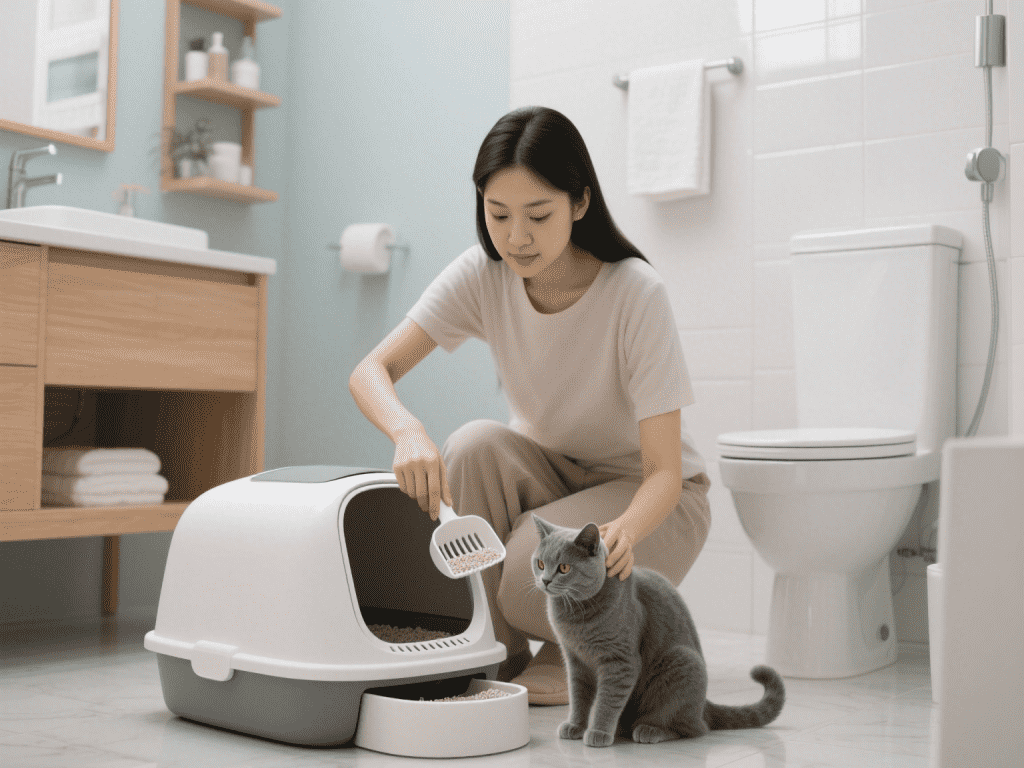

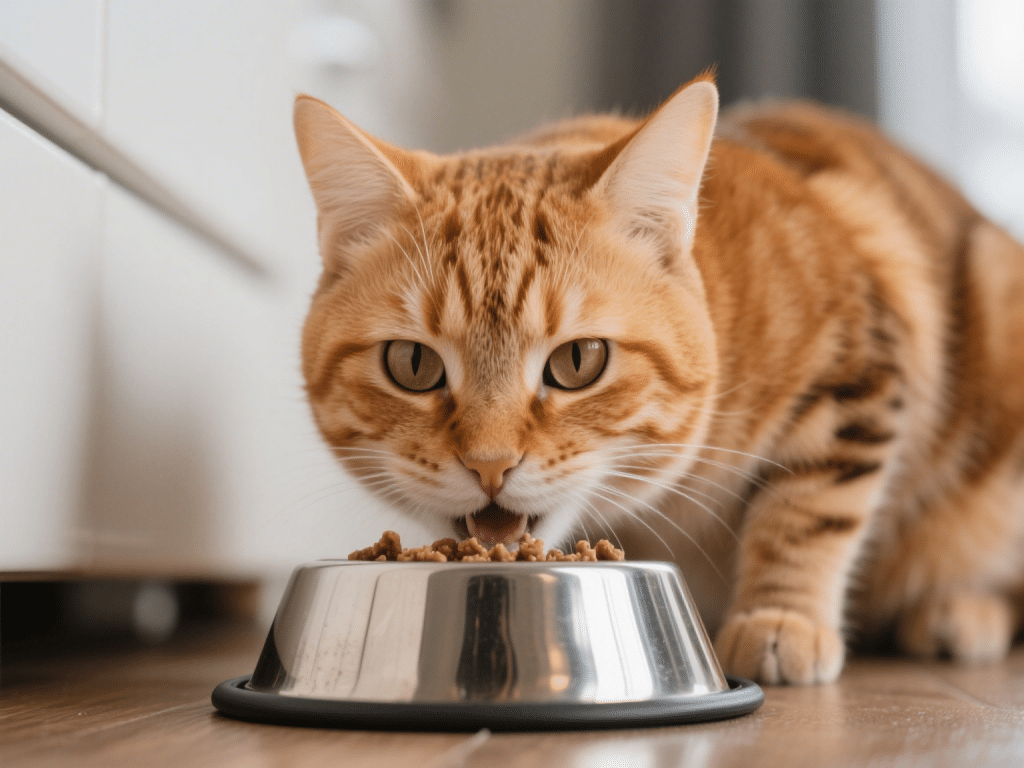
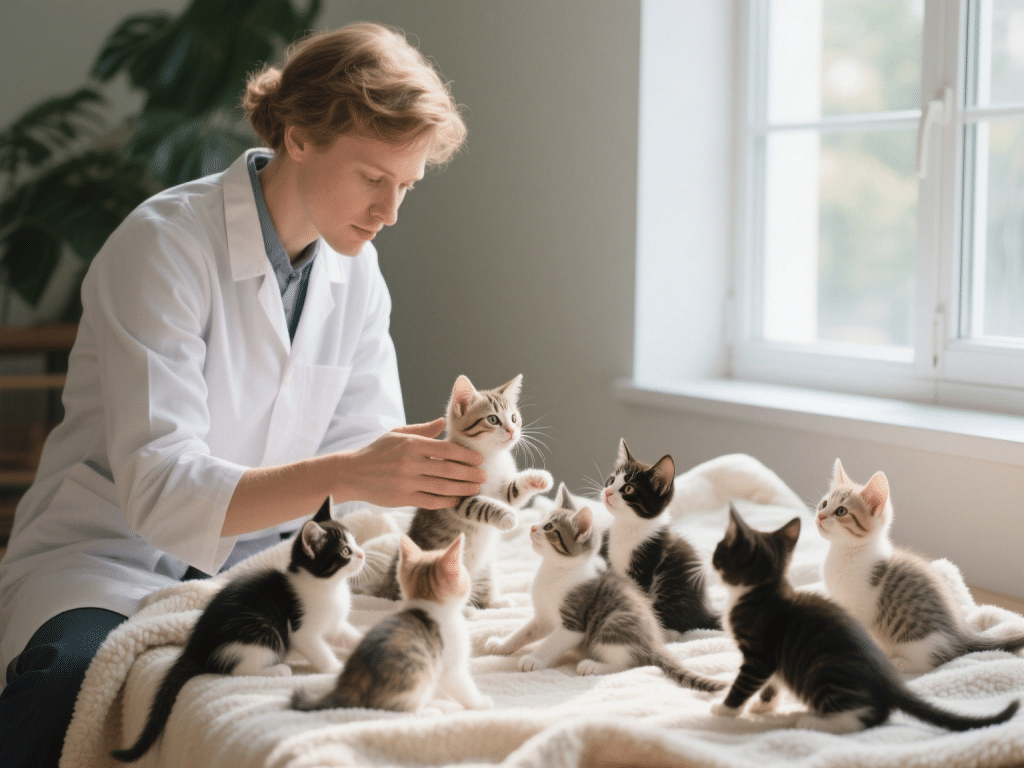


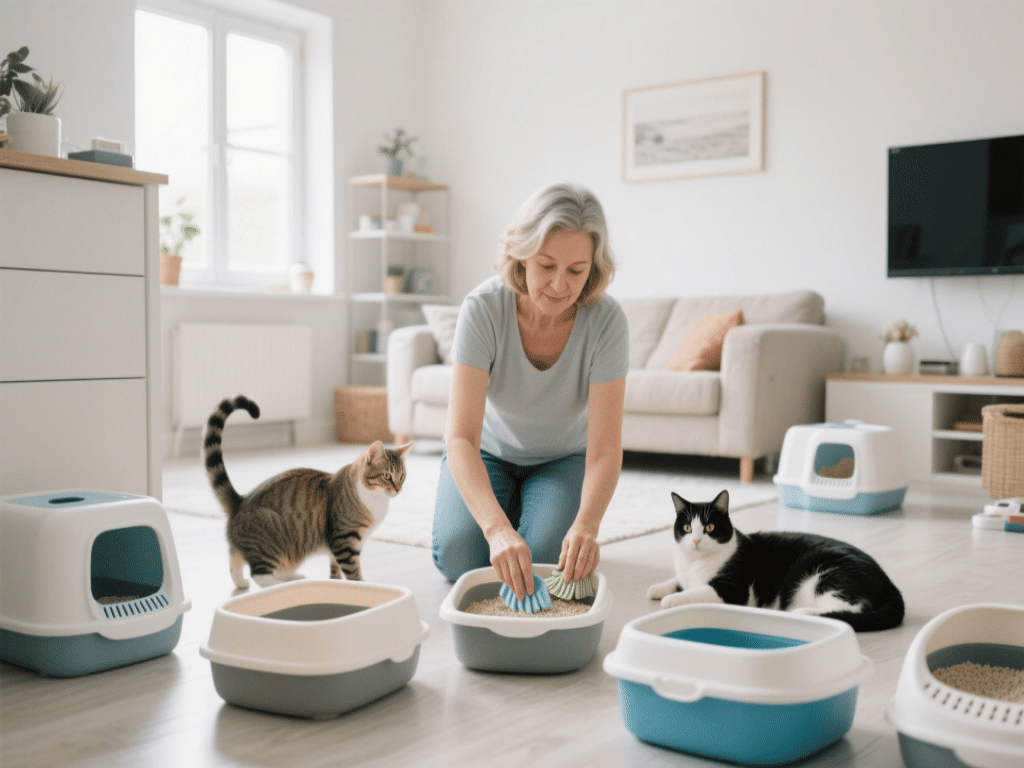

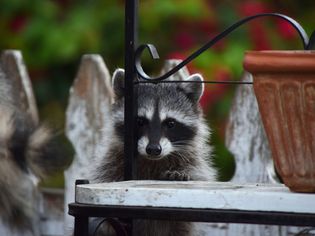
Comments on "Optimizing UV Light in Your Turtle Habitat" :